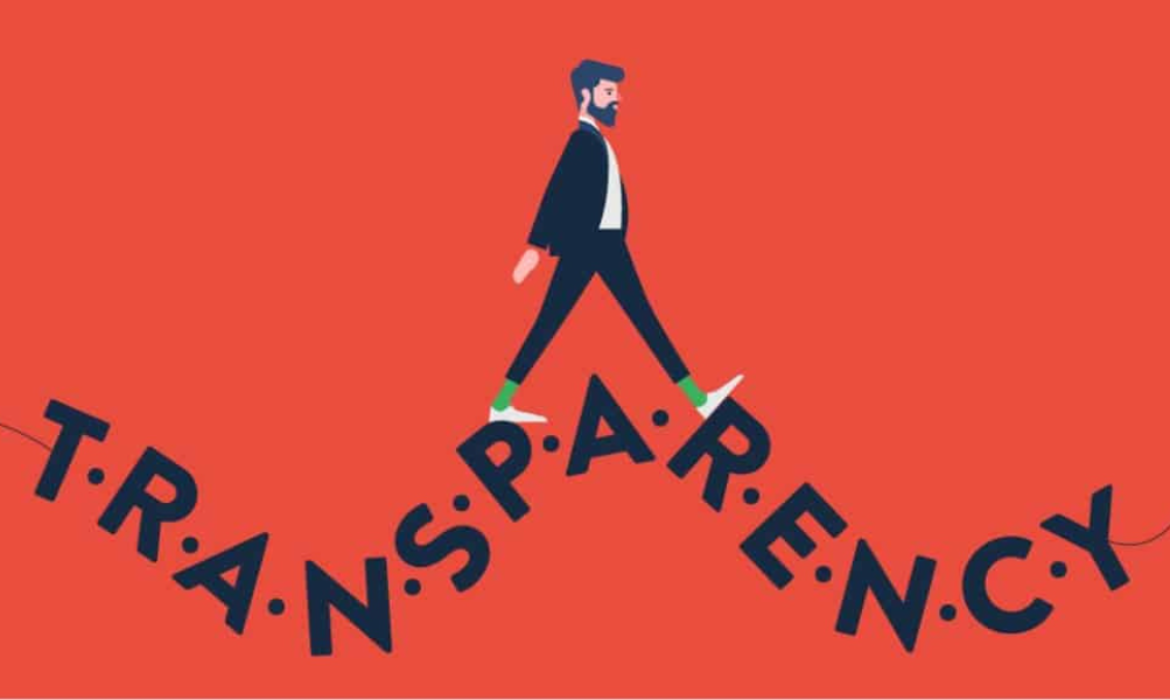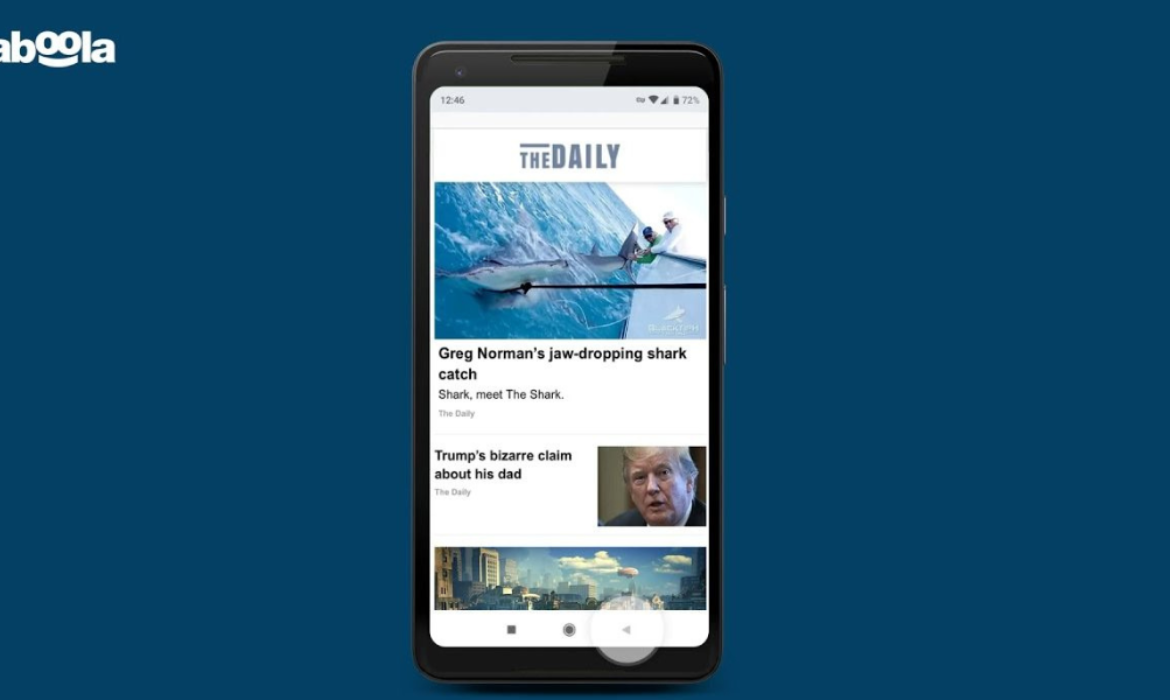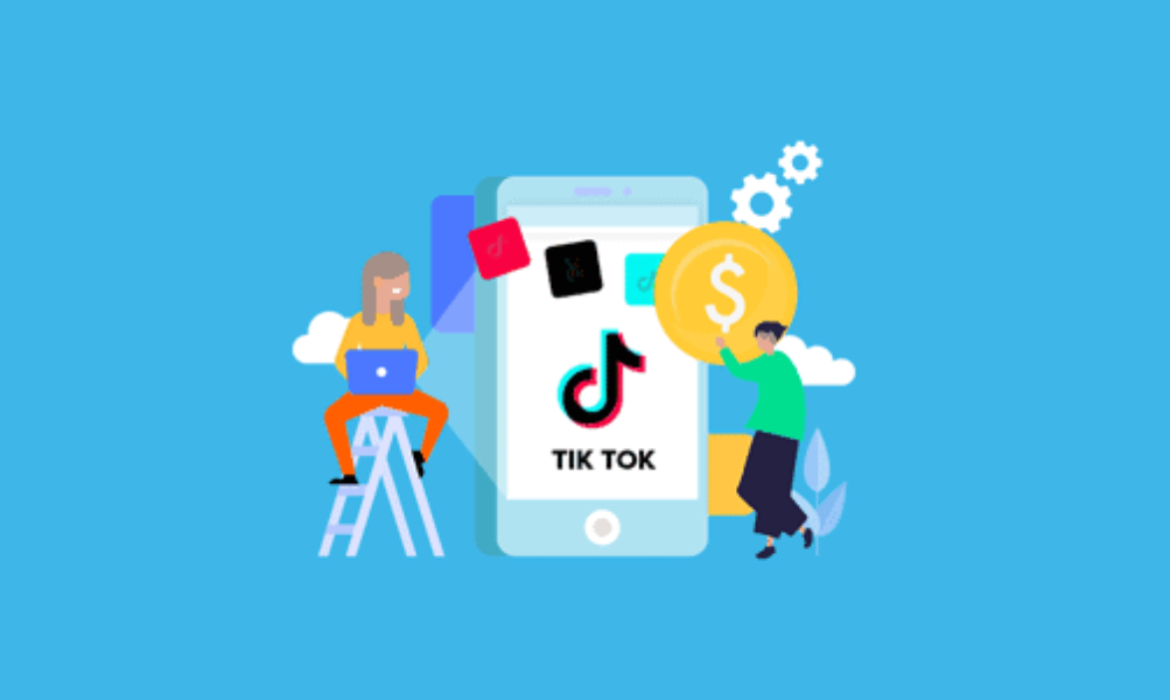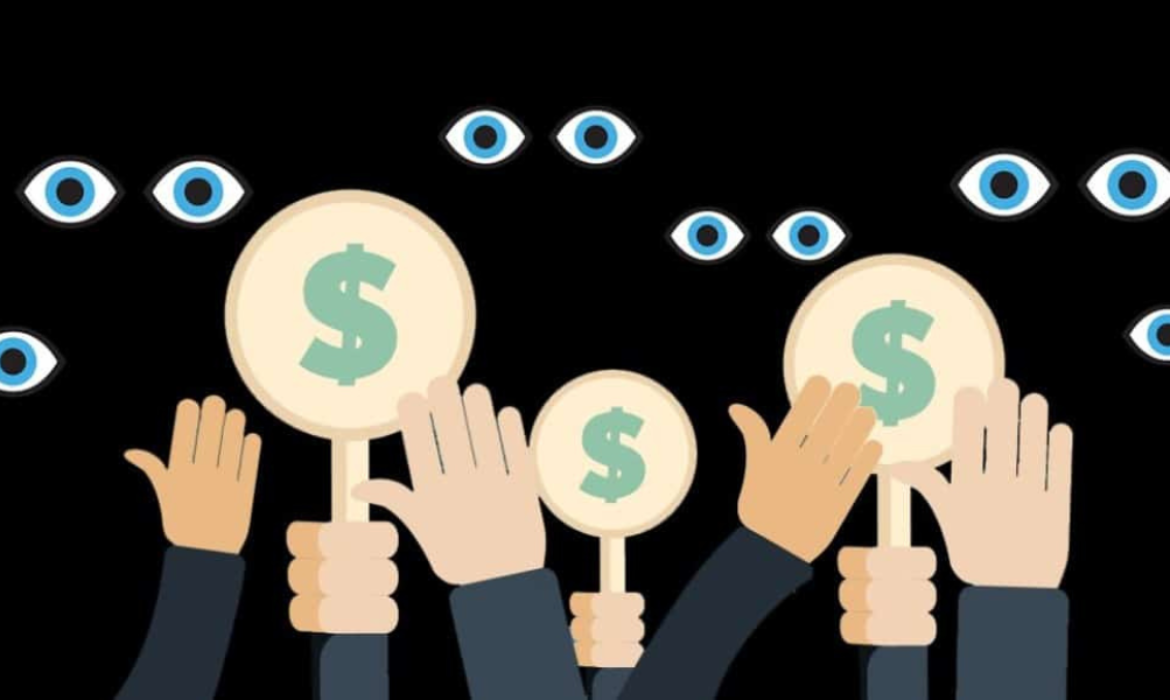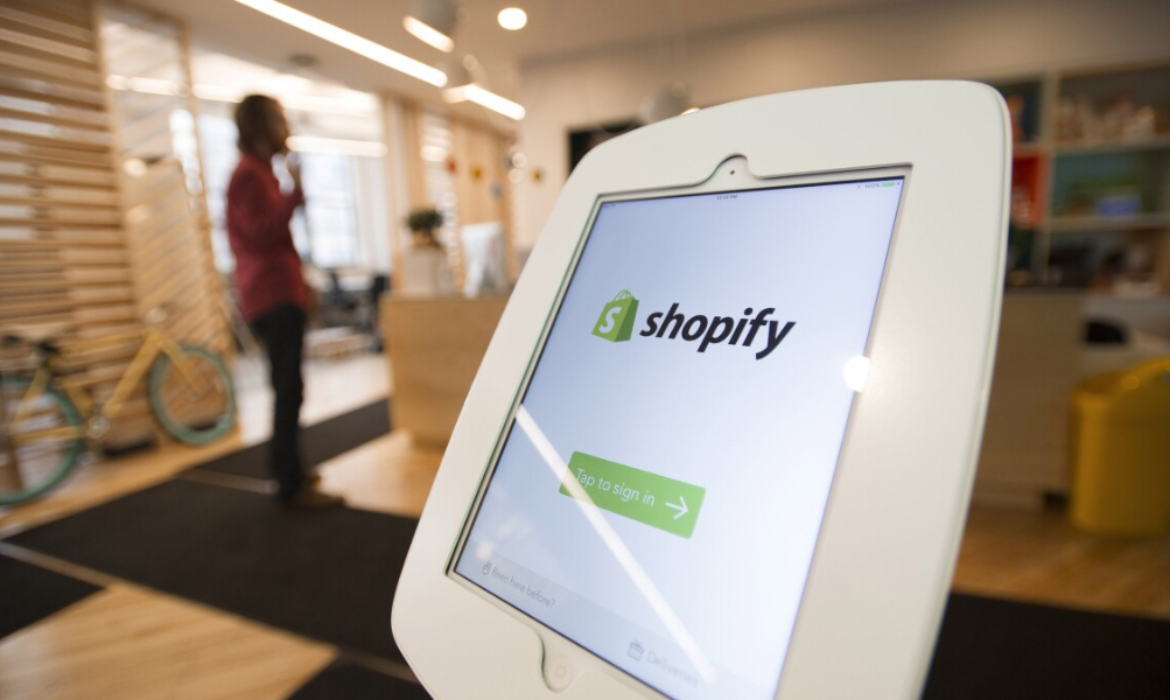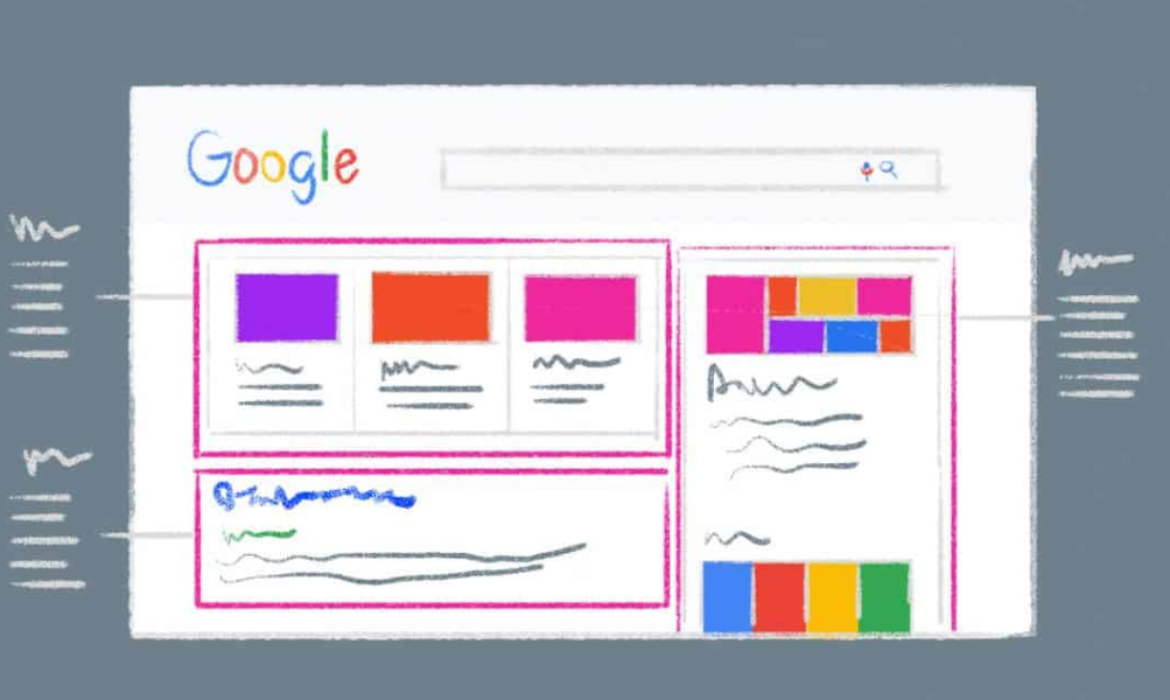Advertisers Look For Greater Transparency In Programmatic Ad Buying
Time and again, “Transparency’ has been a cause of concern for advertisers in the programmatic ad buying. This has been a long time pending issue which still remains unresolved as advertisers try to uncover what happens to money spent on programmatic ads.
Ad spend is falling and advertisers are again seeking greater transparency into the ad-buying supply chain. Hidden fees, fraud, viewability, and brand safety are the growing concerns that need immediate attention.
Trade body ISBA studies reveal that nearly half (49%) of ad buys disappear before reaching publishers and 34% of this money is the disclosed fees agencies and ad tech vendors take for trading impressions. However, 15% cannot be attributed to what the report called an ‘unknown delta’ on the supply chain. The amount of money that reaches publishers is lower, as the report did not consider ad fraud and ad viewability.
As reported earlier, a noticeable amount of programmatic dollars doesn’t reach the publishers and it is getting increasingly harder to keep a track of where it goes. The trade body struggled for nine months to gather data from the ad tech vendors to make a report on this and when it received data is was unusable.
PwC collected information for the study was data on 267 million impressions traded between 15 advertisers, eight agencies, five demand-side platforms, six supply-side platforms, and 12 publishers from the Association of Online Publishers from Jan. 1 to 20. March. Of those impressions, only 31 million (12%) were actually analyzed by matching log-level and aggregated data across 290 different supply chains.
PwC reported that it was highly cumbersome and hard to collect data on each impression. Ad tech vendors were conservative in sharing data due non-disclosure agreements and data collected was in different formats making it difficult to trace an advertiser’s money to so many different publishers. The advertisers involved in the study were non-premium 40,525 sites on an average.
Generally, an advertiser or agency decides to buy impressions and pay for them on DSP while publishers use SSP to sell their inventory at advertisers. Data on impressions from these two platforms are matched up and PwC did the same. However, data could not give financial transparency for the advertisers and publishers There were still costs in the ‘unknown delta’ that remains unidentified on the report. For instance, hidden fees can be a combination of additional ad tech vendor fees, post-auction bid shading, trading deals, and other unknown factors.
As quoted Sam Tomlinson, marketing assurance partner at PwC in DigiDay,
“This is more because the programmatic ecosystem is built on legacy processes that are a mess.”
Graeme Adams, head of media at BT Group said,
“We desperately need to see a common set of standards adopted and more openness in this market, so that every penny spent is accounted for. If this happens, we’ll invest more in the channel; if not, we will cut back and reshape our trading approaches.”
To conduct such high and intense study is a big expense. For instance, It costs more than £1 million ($1.2 million) to collect and process the data from different sources in ISBA’s study. A lot of emphasis is given to attain log file data by marketers. If the ISBA report proves anything that the log file data can reveal everything about transparency and nothing at the same time.
Ruben Schreurs, managing partner at digital media consulting firm Digital Decisions responds to log file data and said,
“Using the overly sophisticated approach of trying to match log-file data in real-time is like buying the IBM Watson supercomputer to calculate 1+1.”
He added that advertisers should have a sensible and valuable approach by running a periodic review of their net spend on publishers and match it with publisher data cumulatively. This will help to get the right and required output to make value-driven decisions on how to optimize the value chain and avoid complicating technologies.
Nevertheless, the report findings can help the adtech industry and give the insight to enhance financial and data transparency as regulators on impressions as regulators dominate.
Steve Chester, director of media and advertising at ISBA said,
“If the ad industry can be seen to be demonstrating that we can create a more open and transparent market then it could avoid the necessity of being regulated.”
Project Agora Partners With Taboola For A New Native Content Solution- ‘Explore More’
Publishers have a new tool in their monetization kitty with the launch of Project Agora’s new Native Content Solution, Explore More.
Over 15,000 websites use Project Agora’s Native Content feature in partnership with Taboola to drive revenue, increase engagement and page views, and acquire new customers.
What is Explore More?
‘Explore More’ is designed to make mobile users, who are visiting the publisher’s site directly from social media and apps to stay longer and re-engaging them before they exit with the relevant content recommendation.
Explore More serves organic and sponsored content. However, they feature 70% organic content which increases organic re-circulation and improves revenue.
How Beneficial is it?
Explore More has impressive results on smartphones and Tablets.
On Smartphones, it brings 60% uplift in RPM (Revenue per Thousand Pageviews) and 100% uplift in Organic CTR whereas, on Tablets, it brings a 45% uplift in RPM and 30% uplift in Organic CTR.
How to Use it?
It is simple to use for publishers already working with Project Agora by just adding the Explore More feature to the website. Project Agora’s expert team will undertake all the processes, and there is no work needed from the publisher to start seeing immediate results.
Project Agora’s Publishers such as protothema.gr, alon.hu, a1.ro, alwatanvoice.com have already upped their game by implementing Explore More on their mobile websites
Dimitris Tsoukalas, Regional Director MEA, Project Agora said,
“More than 19 of Project Agora’s publishers, in the Middle East and Africa, have already upped their game by implementing Explore More on their mobile websites. In their battle to retain users for as long as possible and increase ad-revenues, Explore More is a no-brainer, quick win for publishers.”
Also Read: Project Agora Co-founds the New EMEA Video Advertising Platform- Union
After Instagram, TikTok Targets Snapchat With Its New Augmented Reality Ad Format
After attempting to take over Instagram with its new “Shop Now” button, TikTok is getting prepared to launch its new augmented reality ad format which is similar to popular app Snapchat and Instagram.
The upcoming ad format will allow users to place dynamic visual effects that interact with their physical surroundings to TikTok videos. For instance, a car could zoom the length of the kitchen table or the user can interact with the advertiser’s mascot as it jumps around the room.
The product is expected to launch later this year with unknown pricing. The AR ads will be clickable and will have music while the user shoots video. As reported by DigiDay, a TikTok spokesperson said,
“We’re always exploring new ways to bring creativity and joy to our community. Creative effects are a fun way for our users to express themselves and for brands to bring an interactive element to their campaigns with branded creative effects.”
He further added that they will share details soon and are still experimenting with various ways to make it a valuable experience for brands. This new ad product will be in direct competition with Sponsored Lens and Word Lenses augmented reality formats and Instagram’s AR filters, though the latter is not an ad product but a filter.
TikTok already offers a product ‘Branded Effect’ which allows users to add 2 D animated lenses to their videos through their hand and face movements. These effects were produced by an in-house team costing $100,000 whereas Snapchat helped pioneer augmented reality advertising but launched Sponsored Lens costing $500,000 minimum for brands. However, over time, Snapchat introduced its lenses to ad auction, bringing the price down and billed on a CPM basis. In its Q1,2020 result, Snapchat reported that 85% more over the last year are playing with the lenses and self serve ad platform is a predominant way to buy AR products.
Meanwhile, the popularity and growth of the video app are soaring. The measurement firm Sensor tower s reveals, TikTok app and its Chinese version, Douyin, crosses 2 billion downloads on the Apple App Store and Google Play Store in March.
TikTok is quick in following the roadmap laid out by competitor social media platforms in rolling new ad products and the pace at which they are moving forward is frightening. As quoted by Digiday, Paul Kasamias, managing partner of performance at media agency Starcom said,
” If they get it right they’re going to be a huge player in the next six months to a year.”
News of the AR effect ads follows just in a month after the development of TikTok testing a new ad format call-to-action button ‘Shop Now’ for Influencer videos
Publishers Look For New Income Alternatives As Adtech Revenue Declines
The adtech industry has already been in an unstable situation for the past two years loaded with debt. It has been a challenging situation for major tech providers as well. Many of the companies were start-ups, fully leveraged, or hoping to come out with an IPO soon.
The COVID-19 pandemic only worsened the situation, for now, companies are to stay above water. Publishers fear that the two-year revenue gains will be over.
With the overconsumption of video content, premium ad placements have also declined. The publishers are also concerned about encountering payment uncertainty from ad exchanges and third-party revenue sources.
Co-CEO Rotem Shaul of Primis which is owned and backed by the Interpublic Group and Universal McCann.shares with Digiday the concerns from publishers and said,
The publishers we work with are prioritizing safety.
Therefore, publishers are rapidly finding new and stable ad formats and ad programs across platforms to continue with additional revenue streams ad reduce dependence on one ad format. The new ad format includes native, display, video advertising content, and scrolling videos that give way to new opportunities. Publishers are also using this quarantine time to improve and update the programmatic systems -page loading speeds, update ad tech stacks, and refresh the sales team on the latest developments.
CEO Roetm Shaul added with an increase in consumption, publishers should do everything they can and should partner with companies that will continue post-crisis too. They should look for new ways to diversify their ad tech portfolio.
All this would have been a little easier to experiment with vendors before the tightening of the economy as they had the luxury of freedom and money to test and determine the best solutions. Currently, the focus is on the cash flow with low pay or no pay, putting pressure on the managers to deliver revenue.
In this down economy, this will lead to a vicious cycle. Publishers will be hesitant to give a chance to small vendors for fear of being unpaid or will be enforced to replace ad tech. With these concerns, publishers will leave small companies and they will lose more money and business which will lead to bankruptcies or shutdown. This will create more worry over working with small vendors and publishers moving to bigger vendors.
Present scenario of publishers
According to Digi Day, Shaul said, “Publishers are frantically moving their businesses to safe havens like Google, Verizon, and other big companies.” Companies may not offer the best deals but have no uncertainty over the payments.
However, there are vendors like Freewheel (owned by Comcast), SpotX (owned by RTL), or Primis that can offer similar levels of stability. They are equipped to offer attractive deals and keep the revenue stream intact.
Again, Shaul said to DigiDay that at Primis, all publishers want to hear is about security and safety in these uncertain times. He added,
Even we feel the concerns from publishers. Fortunately, they do categorize us as a big company, as we are a part of IPG, and once they see the letters IPG and know that they will back us up, they relax.
This unpredictable time will teach new learnings. To drive fresh revenue streams, new ad programs are set up. For ad tech and publishers, these new practices for stability and innovation will be carried forward. The revenue-strapped publishers and vendors will stabilize, then sustain, and once again grow and prosper. It’s all these important learnings that will lay a new foundation for their relationships and campaigns in the future and make stronger business for both sides- vendors and publishers.
Shopify Revenue Surges As Pandemic Brings More Business Online
E-commerce platform and payment provider Shopify reported its first-quarter revenue that surpassed analysts’ estimates as more businesses moved online to survive coronavirus pandemic.
The Ottawa-based company Shopify said in a statement that sales grew by 47% to $470 million from the same quarter a year ago. However, analysts expected revenues to come to around $443 million
The key metric of gross merchandise volume which represents all goods sold on the platform 46% to 17.42 billion compared to the previous year. Again, beating analysts expected volume to $16.68 billion.
While sales were booming, the company still posted a net loss of $31.4 million or 27 cents a share. However, on an adjusted basis, the company posted a profit of $22.3 million or 19 cents per share for the first quarter of 2020 compared with an adjusted profit of $7.1 million or six cents per share for the same period last year.
CEO Tobi Lutke said in the quarterly release,
We are working as fast as we can to support our merchants by re-tooling our products to help them adapt to this new reality. Our goal is that, because Shopify exists, more entrepreneurs and small businesses will get through this.
Moving Online
Shopify reported a fall of 71% in gross merchandise volume through its store point-of-sale as stores shut down due to pandemic between March 31 and April 24. Companies also downgraded from Shopify Plus to lower-priced plans.
Also, it throws light on the drop in point-of-sale purchases from the brick and mortar stores questions the sustainability of online switch. It provides store based point-of-sale systems to merchants to operate from a single platform in order to maintain online store and sales.
It is closely observing consumer spending habits online and the ability of brick-and-mortar retail merchants to shift sales online. According to the company statement, Shopify retailers managed to replace 94% of their store volume with online sales.
Retail merchants are adapting quickly to social-distance selling, as 26% of our brick-and-mortar merchants in our English-speaking geographies are now using some form of local in-store/curbside pickup and delivery solution, compared to 2% at the end of February.
Chief technology officer Jean-Michel Lemieux noted the surging demand and had U.S. Black Friday-type of traffic as businesses have used Shopify to stay afloat as nationwide lockdown forces retail store closure across the world.
Impact of COVID-19
This pandemic has strained small and medium-sized businesses and accelerated the shift of buying habits to eCommerce. Shopify introduced many initiatives to support merchants and help entrepreneurs start a business online during the ongoing COVID-19 pandemic, including, offering tools to businesses to open their own digital store online across channels including social media.
An extended 90 day free trial for new sign-ups, gift card capabilities to merchants, and introduction to in-store or curbside pickup and delivery options for greater flexibility in the movement of inventory between different locations.
The company stated that the new stores created on the platform grew 62% between March 13 and April 24 versus the prior six weeks, driven by both first times and established sellers. But is also added,
It is unclear how many in this cohort will sustainably generate sales, which is the primary determinant of merchant longevity on our platform.
What analysts have to say
Few analysts still don’t see Shopify profitable enough in the future to justify the current stock price. They believe the rally is overdone.
Barry Schwartz, chief investment officer at Baskin Wealth in Toronto notes that as they grow, the company will face fierce competition from rival Amazon. He added,
They’re up against some very heavy hitters and I don’t think those guys are going to let Shopify win everything.
Buying it here at that valuation, you’re essentially saying, ‘I don’t care.’
Canaccord Genuity downgraded the stock, with a warning “we’re not entirely convinced” that gross merchandise volume “is as bulletproof as perceived.”
Every 2020 Google SERP Feature Explained: A Visual Guide
How many searches would happen to Google every minute, month, or year? Have you wondered? Finally, the company has released updated data.
Every second, Google processes 63,000 search queries.
Every year, Google has 2 trillion searches.
A caveat, Keep ‘at least’ in mind while reading the figures.
This shows we are so obligated to the power of Google search behemoth and its mystical computing. Google holds nearly 72% market share of search engines.
Why it matters
Companies spend time and effort to develop fantastic content, great titles, meta descriptions, and permalink to rank high on the search and drive conversions. However, a key strategy is often missed- to capitalize and enhance their entry on Google SERP (Search Engine Result Page).
Incorporate the rich snippets into your online stores, websites, blogs, and more
SERP is the way
Google Search engine pages are now accurate, personalized, relevant, dynamic, and helpful. Using structured data, there are many visual enhancements made to the search engine result page which helps you to find the required information. It is essential to know the enhancements as indexability and site optimization has an impact on organic rankings.
Take a look at the enhancements and characteristics of each one:
- Direct Answer Box with short, rapid answers, lists, tables, or carousels may have an image to enhance it.
- Rich Snippet is the additional line of context below traditional SERP and is provided by the websites with price, ratings, etc to enhance the search engine result page.
- Rich Cards for mobile users.
- Knowledge Graphs shows up on the right of a SERP displaying curated images and information about the search.
- Knowledge Panels shows up to on the right of a SERP displaying curated images, information, directions specific to a brand or business.
- Local Pack is an integral part of the local search results with business information, reviews, and location and plays a key role in customer’s decision making.
- People also ask provides related questions and answers to the original query.
- Image Pack is a horizontal carousel of queries related to images or photos.
- Site Links is an expanded pack of links within popular sites. It may also include a site search field that is particular to the internal search mechanism.
- Twitter displays a carousel of tweets with clickable images and links.
- Newsbox: is a carousel of trending, top stories, or breaking news related to the query.
Why Use Rich snippets
By structuring the data and following Schema standards, you can utilize rich snippets and improve your overall visibility on the search engine as it educates the algorithms on the information within the page.
If your company or marketing team is not taking advantage of rich snippets then time to change strategy and develop a new solution. Rich snippets help you enhance your search, increase click-through rates, and engagement. If your company or marketing team is not taking advantage of rich snippets then time to change strategy and develop a new solution. Rich snippets help you enhance your search, increase click-through rates, and engagement.
The Big Picture
This infographic from Brafton, A Visual Guide to Every Google SERP Feature: Snippets, Panels, Paid Ads and More, provides insight on how rich snippets and structured data look like on a search engine results page and why it appears.

Publishers at risk by relying on transactional subscription technology
Transactional technology that enables transactional customer relationship is the base of the digital publishing ecosystem for the past two decades. This is how it works- attracting a reader, showing them a headline or a few words or an article, then coming up with a paywall to buy a short subscription package and moving on.
Every potential subscriber is treated as any other e-commerce customer with the same conversion funnel. We have built complex tech- stacks to support this approach and the ad-focused tools and subscription products remain unchanged and operational at certain levels in the digital customer journey. Till now, the flexibility in the customer experience was never a question. The journey was straight, simple, and direct with a single focus -deliver content, monetize on it, and maintain engagement. However, this transactional approach no longer caters to commercial or customer needs.
Lately, people are accustomed to making their own choices- which product is suitable for them, opt for premium or family packages depending on their needs and likes. The growing subscription economy has altered the way a customer perceives their product and services.
A successful recurring relationship is built on personalization when a customer can choose the product or package right for them and leave the rest. Jim Barksdale rightly said, “There are only two ways to make money in business. One is to bundle, the other is to unbundle.”
Businesses should be able to answer important questions like which one to pick, where, and how.
Presently, to answer the questions, publishers are enforced to hack the existing transactional tools and development teams are still investing their efforts on the complex system instead of building new products to grow revenue. Marketing teams want to explore with fine-tune new customers but are hindered by the same old inflexible technology.
Ultimately, publishers suffer badly due to lack of innovation, low ad -yields, complex technology, high costs, and no personalization for consumers. In simple words, the industry’s technology is unfit and outdated and it is worrisome considering the future is about dynamic products and personalization and automation. By relying on transactional technology with all limitations, publishers are at risk, and growth is restricted in this new economy.
Coronavirus led digital publishing growth
With COVID-19, the subscription economy has changed in six weeks which could have taken longer otherwise. The UK’s largest subscription site, iSubscribe witnessed its digital magazine subscription jump 400 % jump in volume. The traffic to the Financial Times website saw a jump of 250% Y-o-Y in the past month. There is an all-time high in the industry conversion rate.
But the question now is, will this continue post coronavirus crisis when the audiences find themselves with subscriptions that are not required?
So what next to sustain this?
Commercial teams need to set up a highly personalized customer journey without reaching to their technical team for help each time. They should independently learn, test, and change a range of products, packages, and revenue models.
This implies publishers should not rely on years of coding experience to handle but need integration of tools across the customer journey- offering personalized outcomes to every potential subscriber. Publishers need tools that don’t require coding to ensure that every client, prospect, and visitor is handled by the organization and the power to build change is in the hands of the specialists who know the market.
The world’s largest publications are using this platform to get ahead of the curve and be ready to steal the thunder once the markets settle -which might not take too long.
Omnicom Media Group MENA To Provide Complimentary Media Space To Charities
Omnicom Media Group MENA has decided to work together with regional media owners in the Middle East to provide complimentary media space to its long-standing partner charities. This initiative is a part of the company’s COVID-19 relief efforts. This noble act will help Dubai Cares, Gulf for Good, and Médecins Sans Frontières to reach out to a larger audience with their call to action. The COVID-19 campaigns are mainly aimed at education, health, and critical support for people especially children who are in need in the region and beyond.
The response from the media industry is astounding. The media partners currently include Backlite Media, Digital Tree, DMS, Elevision Screens, Eye Media, Future Tech, Group Plus, Maddict, MMP, Reach MENA, and Snap Inc. They have offered free media space to promote various charities and draw support for their causes. Omnicom Media Group MENA also provides creative support.
Omnicom Media Group MENA has shared a long-term relationship with these three non-profit organizations and supported their causes over the years. The latest initiative is a step to ensure to get the means for the mission of these charities towards the community continues when donations are down due to coronavirus crisis.
Mario Stephan, Executive Director MSF UAE said,
“This pandemic is like no other we’ve seen in modern times, impacting our patients, our staff, and our programs. Only together can we muster hope to get through it successfully.”
He further added,
“We’re very grateful for this initiative as it will help drum further support for our patients. It’s important we never lose sight of the less fortunate than ourselves, even now.”
Alanna Turpin, Sustainability Lead at Omnicom Media Group MENA added,
“Our industry has a very powerful talent that’s acutely needed right now. It’s the ability to raise awareness, rally and move people to achieve great things through collective action.”
In this crisis, it’s about saving people from illness and poverty. It’s urgent our charity partners get the resources they need to alleviate the suffering. Media owners with available advertising inventory they wish to commit to this effort can contact us at CSR-MENA@OmnicomMediaGroup.com”.
Verizon Media Expands DSP to Offer Premium Native Ad Inventory.
Verizon Media has announced the expansion of its demand-side platform bringing in premium, programmatic, and now its full native marketplace inventory, formats, targeting, and measurement into a single unit.
The DSP gives a unified solution to the advertisers to check on every aspect of their buys across all formats and inventory purchases- from planning, buying, and management to optimization.
Today, people are using more screens and devices than before. Therefore, it becomes challenging for advertisers to provide a personalized and unified experience across the media mix. This level of fragmentation eventually leads to using different tools for different formats and then measuring the success of each of them would be laborious. But now advertisers can have access to omnichannel inventories including mobile, digital out-of-home, CTV, video, and audio along with native advertising from a single dashboard.
According to Iván Markman, the chief business officer at Verizon Media,
The Verizon Media native experience was separate from the programmatic capabilities in our DSP…Now both are one, and this includes a lot more consistency planning and measurement and attribution. Over the last few quarters, we’ve looked at bringing more transparency and insights to our DSP.
The expansion of DSP’s functionality provides exclusive access to native ad inventory from Verizon’s owned and operated properties like Tech Crunch, Yahoo, and Huffington Post. The robust native marketplace format and premium inventory along with the programmatic offering, supported by 1st party data will help advertisers navigate a cookie-less environment.
In an era when media agencies are on hiring freeze if not headcount cutbacks, it was essential for the company to improve the efficiency of the tools. Markman stated, “You can now do more with less.“He further added,
Sometimes you’d have seven different platforms for things like digital out of home and native then display. Many of our clients have unfortunately had to furlough some team members or lay off their workforces. This helps with performance.
Tik Tok Tests ‘Shop Now’ Button For Influencer Videos
TikTok, mostly considered as an entertainment platform is improving its advertising offerings and nascent Creator Marketplace that matches advertisers with vetted publishers and influencers. DigiDay reported that TikTok is testing a new ad format namely the ‘Shop Now’ button. This would link brands to the leading influencers allowing the creators to display the Call-To-Action button in their videos. The ad revenue will be divided between TikTok and influencers.
The revenue split ratio is not decided yet but DigiDay reported that the company is discussing 20/80 splits in Tik Tok’s favor. This model allows TikTok to tap into revenue that was previously shared between advertisers and influencers.
Can you shop on TikTok?
The Shop Now option influences the user to shop the product right away is one way of having both – performance and direct response ad products. The creator CTA feature is still in the early testing stage and is available to only select advertisers and agencies.
As quoted by DigiDay, a TikTok spokeswoman,
“We are constantly experimenting with ideas and features to improve the app experience for our users. TikTok is a platform for creative expression and a big part of that is showing and sharing the things you love with others. We’re in the early stages of testing a way users can add links to products to their videos and will share more updates when we have them.”
Earlier this month we witnessed Levi’s was among the first brands to partner with Tik Tok’s influencers and trial the Shop Now’ program. It partnered with the influencers to promote its “Future Finish” customizable denim technology on the platform.
Levi’s reported the product views doubled on the ‘Future Finish’ page that featured in the campaign. All advertisers can access to ‘Shop Now’ button to help drive traffic to their websites but is different from the CTA Beta test said TikTok spokesperson to DigiDay.
Is TikTok following the YouTube way?
TikTok has increased its focus on Creators and for this, it had launched Creators Marketplace late last year. The Creators marketplace helps advertisers to filter out the platform’s top creators.
It appears that TikTok is moving towards YouTube Creator shared revenue model than the Instagram model. Amy Luca, chief executive at influencer marketing company TheAmplify said,
One of the things that Instagram struggles with is retrofitting some of their programs to pull out money from the gray market ecosystem that is being earned by influencers and paid by brands on their platform.”
Growing users of the social video app
TikTok has been growing rapidly over the past year and has been on a tear since the lockdown. Data company Apptopia estimates TikTok was the second top free app on iOs and Google Play stores in the U.S. on April 28. It is also estimated to have 328 monthly active users and was downloaded 100 million times worldwide between Mar 20 through April 28.
Jude Rajanathan, a global director at media agency Zenith stated that TikTok will work on improving its CTA buttons to push for more performances and direct-response ads.

